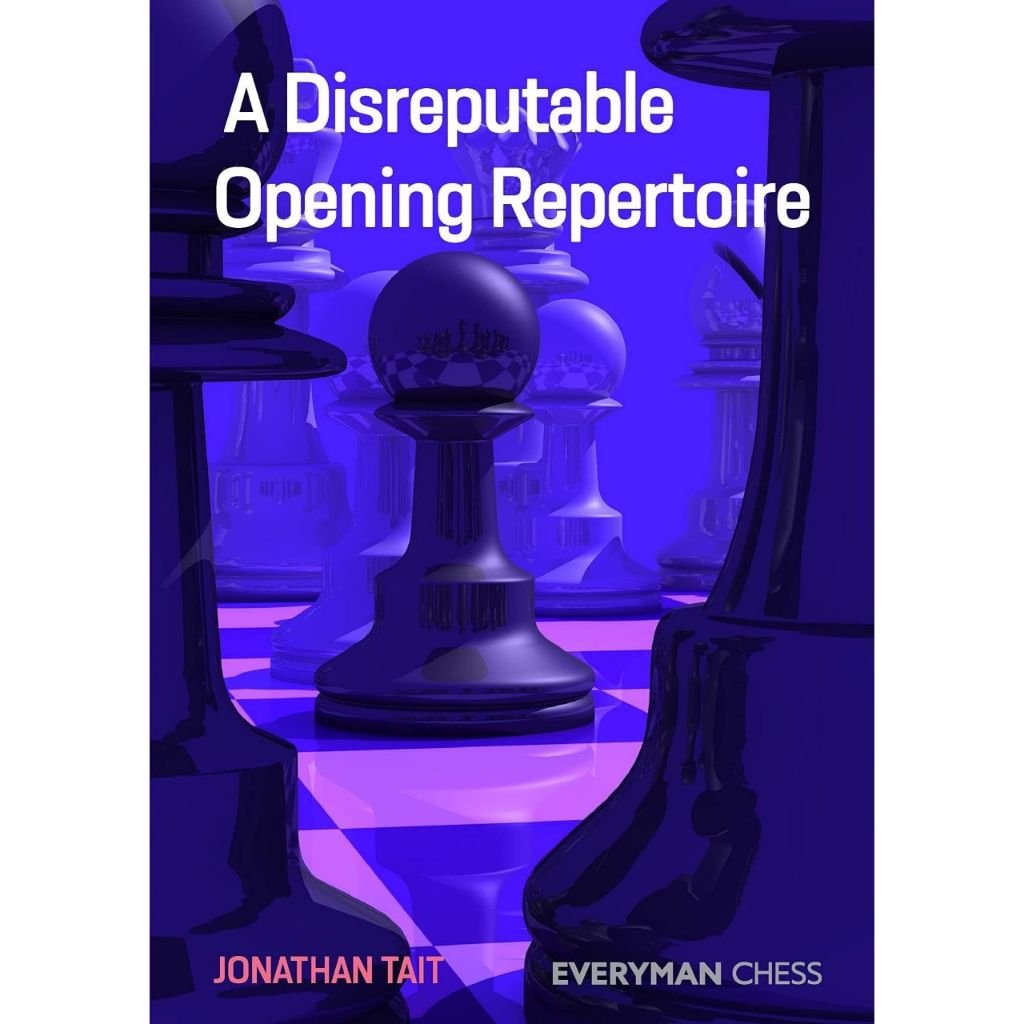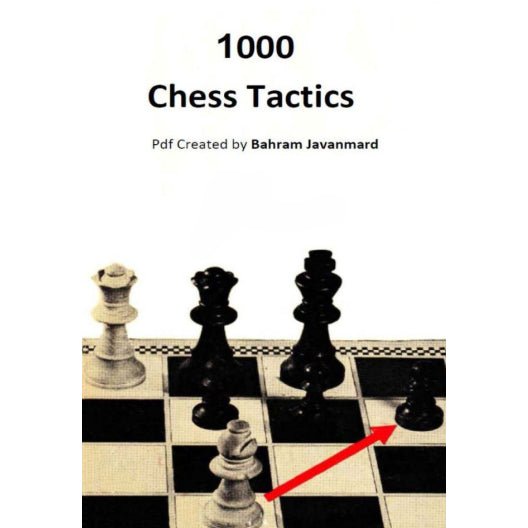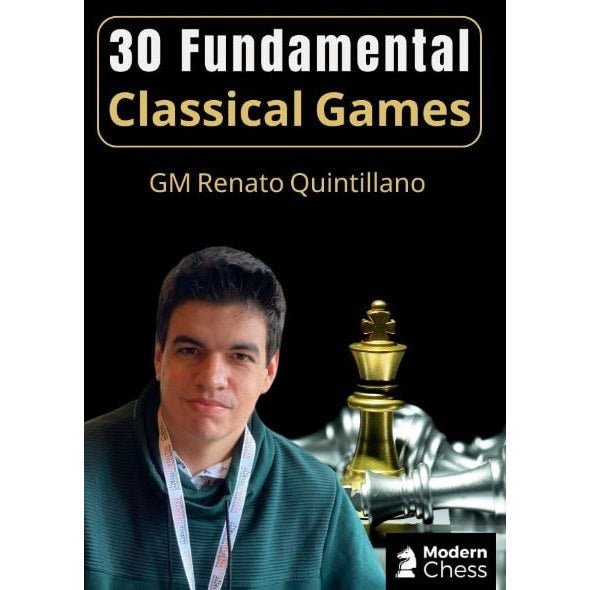Beat the Rare Sicilian Lines GM Michael Roiz Modern Chess
Original price was: $ 100.$ 3Current price is: $ 3.
OFF - 97%9999 in stock

Description
Reviews (4)
Description
We are happy to announce that GM Michael Roiz has completed his repertoire against the Sicilian Defence with another excellent database – Beat the Sicilian Sidelines. In this course, Roiz deals with Black’s sidelines on move 2. Obviously, the main focus is on the moves 2…Nf6, 2…g6, and 2…a6. In the last chapter, Roiz covers everything else.
The suggested repertoire is both reliable and theoretically challenging. All the suggestions by Roiz are based on solid positional grounds. Hence, you don’t need to enter crazy complications in order to fight for an advantage. Additionally, you will find many interesting novelties in important positions.
So far, Roiz has published the following courses against the Sicilian Defence:
1) Moscow Variation – Top-Level Repertoire for White – Part 1
2) Moscow Variation – Top-Level Repertoire for White – Part 2
3) Play the Rossolimo – Top-Level Repertoire for White – Part 1
4) Play the Rossolimo – Top-Level Repertoire for White – Part 2
The course consists of 14 theoretical chapters, 15 interactive test positions, a Memory Booster, and a Video Version (2h Running Time)
The first four chapters are dedicated to the so-called Nimzowitsch Sicilian arising after 1.e4 c5 2.Nf3 Nf6. Our repertoire against this line is based on 3.e5 Nd5 4.Nc3

This is White’s most ambitious approach. Black is immediately forced to take an important decision regarding the exchange of the knights. Practice, as well as modern computers, have proved that the old move 4…Nxc3 fails to solve Black’s problems. For more details, you can see Chapter 1.
In modern practice, Black usually goes for 4…e6 when White answers with 5.Ne4.

Black is now at a crossroads. White’s space advantage should be challenged. The main move in this position is 5…f5. Black aims to stabilize the situation in the center by depriving the opponent’s knight of the central square. On the downside, this is a weakening advance. The alternatives are covered in Chapter 2.
In response to 5…f5, Black should play 6.Nc3!. Losing a tempo is actually an illusion: Black’s previous move is very committing, and White’s development is still superior. Roiz deals with this position in Chapter 3. According to his analysis, Black fails to equalize.
In Chapter 4, the author deals with all Black’s deviations from the moves 3…Nxc3, and 3…e6. It goes without saying that all these options are dubious.
One of the most important parts of the course is dedicated to the move 2…g6. Black wants to play the so-called Hyperaccelerated Dragon. In this case, we respond in the style of the Alapin Variation with the move 3.c3.

In this position, Black has two main choices – 3…d5 and 3…Bg7. All the alternatives are dealt with in Chapter 5.
The most important position after 3…d5 arises after 4.exd5 Qxd5 5.d4 Bg7

A top choice by far and the most consistent continuation. All the alternatives to this move are examined in Chapter 7. In this position, the suggestion of Roiz is 6.Nbd2!?. This is only White’s 5th choice. White temporarily blocks his queen’s bishop, but securing c4 for the other bishop is worth it. Concrete analysis shows that it’s not easy for Black to solve the problems in this line. This position is dealt with in Chapter 6.
The main position after 3…Bg7 arises after 4.d4 cxd4 5.cxd4 d5 6.e5

Gaining space and locking opponent’s fianchettoed bishop. Black has 2 main continuations in this position – 6…Nc6 and 6…Bg4. It’s important to meet 6…Nc6 with 7.Bb5, pinning the knight and reducing Black pressure on the centre. White is always ready to exchange the light-squared bishop for the knight. This position is covered in Chapter 8. Roiz advocates a similar approach also against 6…Bg4. In this case, we go for 7.Bb5+ Nc6 8.Bxc6+ bxc6 9.Nbd2.

White is ready to release the pin with h2-h3 at the proper moment. Deep analysis shows that Black’s dynamic resources fail to compensate for the structural problems. This position is examined in Chapter 9.
Chapter 10 examines the IQP position arising after 1.e4 c5 2.Nf3 g6 3.c3 d5 4.exd5 Qxd5 5.d4 cxd4 6.cxd4

By releasing the tension, Black limits White’s tactical resources, such as Nbd2/a3 with ..Bc4 to follow. On the downside, it makes c3 vacant for the knight. White can definitely fight for an advantage in this line.
Another very important move is 3…a6.

The idea of this popular move is to answer 3.d4 with 3…cxd4 4.Nxd4 e5, getting a very comfortable position. Once again, our repertoire will be based on 3.c3. The main position of interest is being reached after 3…d5 4.exd5 Qxd5 5.d4

This position is examined in Chapters – 11-12. Even after the top-choice 5…Nf6, Black cannot achieve full equality. The reason is that the premature …a7-a6 makes the Alapin Variation advantageous for White.
In Chapter 13, Roiz covers the French structures arising after 1.e4 c5 2.Nf3 a6 3.c3 e6 4.d4 d5 5.e5

Obviously, this version of the French Advance is better for White. The reason is that the move …a7-a6 does not put pressure on the centre.
The last Chapter 14 deals with some very rare options that Black can play on move 2. The most serious one is 2…b6. In all the lines, White achieves an obvious advantage.
Reviews (4)
4 reviews for Beat the Rare Sicilian Lines GM Michael Roiz Modern Chess
Leave a Reply











Mateo (verified owner) –
Even when one of my opponents didn’t follow theory, which often happens with beginners,
Joi Hua Ta (verified owner) –
Also, this course is not aimed at advanced and master level therefore; it didn’t overwhelmed me with things that I don’t need to worry about at my level.
Matthew (verified owner) –
For taking all the fun out of my chess games. I never thought anybody would be cruel enough to make winning so easy that chess has become boring.
Riley (verified owner) –
I bought this course with video few weeks ago (thanks to @JRHat for recommending it to me).